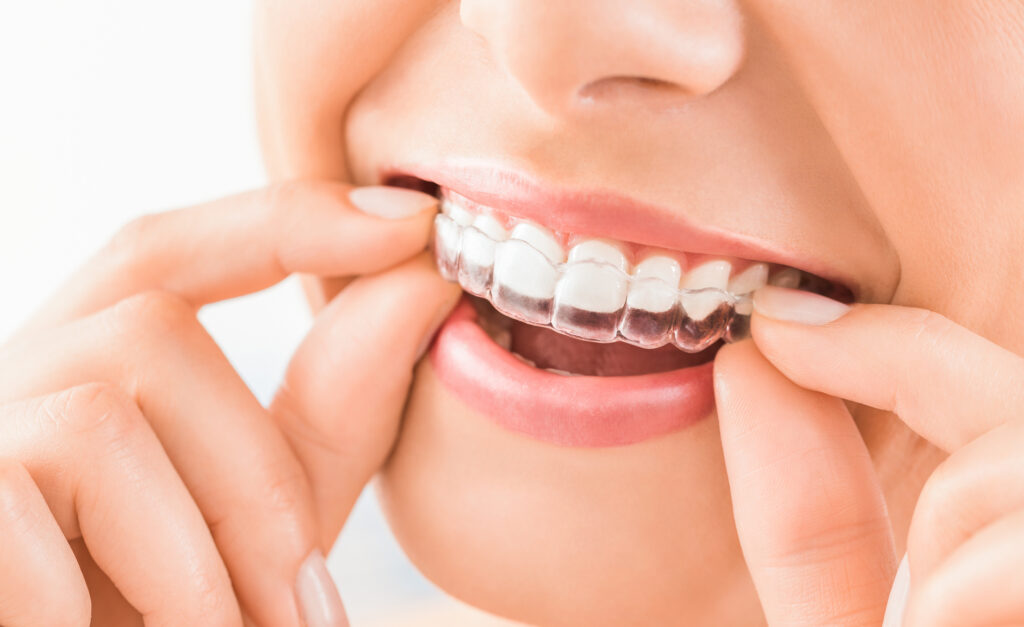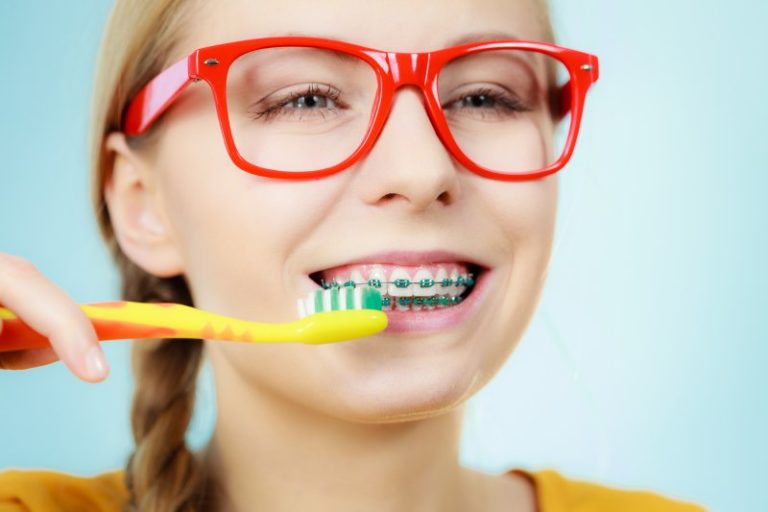
People may think that orthodontists are for kids, but orthodontists are actually specialists in straightening teeth and correcting the bite in patients of all ages. Today, many dentists offer some kind of treatment for better aligning and straightening the teeth. So, with both dentists and orthodontists offering tooth alignment how do you know where to go? It is important to understand the differences in care or treatment you may receive by a dentist versus an orthodontist.
What is the difference in training for a dentist and an orthodontist?
Dentists and orthodontists specialize in different things. Dentists are experts at keeping the mouth clean and the gums healthy. They are experts in providing restorative care such as fillings and crowns and even some cosmetic dental procedures such as bonding or veneers. An orthodontist is a specialist in straightening teeth and aligning the bite.
It’s like many other areas of medicine, the patient has the choice to go to a generalist or a specialist. If you think you have skin cancer – do you want to see your family medicine doctor or do you seek out a dermatologist, someone who is a doctor first and then had specialty training in the skin? If you have a heart issue, do you want to see a generalist or a cardiologist who has trained for many years in specific, accredited residencies, fellowships, etc.
Orthodontists first become dentists by attending four years of dental school and then go on to complete another two and a half to three years of specialty training in a recognized and accredited residency. During that training they look at orthodontic cases every day – working with mentors and faculty to learn the best techniques to align teeth in a comfortable, efficient, and esthetic manner. They also study journal articles, conduct research projects, and read literature reviews on straightening and aligning teeth and improving bites. Through this training, that takes place both in a classroom setting and in a clinic setting, orthodontists learn to treatment plan the best outcome for each individual patient. Only orthdontists can say they have been trained specifically to obtain the most ideal esthetics and bite for each patient.
Through this extra specialty training an orthodontist hones their skills and ability to diagnose and treatment plan the complex issues associated with bite fit and tooth alignment. That expert skill comes from the repetition of treating only orthodontic cases plus the expertise from large amounts of research and literature study. The thought is, do you want a doctor that does 5 knee repairs a year or a doctor that does 5 knee repairs a week operating on your knee? The same is true in orthodontics—they only do braces and Invisalign and retainers so they are the experts at tooth alignment.
General dentists, on the other hand, do not have any formal orthodontic training. They are usually trained on using clear aligners to straighten the teeth through a weekend course or by a sales rep for the product they are selling. They do not have detailed training in smile design or bite alignment and the techniques necessary to get the teeth to come together properly, whereas an orthodontist has gone through rigorous training and testing as a part of their education.
What is the difference in treatment?
While all patients expect the end product of orthodontic treatment, whether by a dentist or an orthodontist to be a beautiful, confident smile and straight teeth, they do not always understand or value the importance of treating those things that are not seen outwardly. Ultimately the alignment of the bite is important for the longevity of that beautiful smile and helps to prevent uneven wear or cracking or chipping teeth as you age. An orthodontist is an expert in assessing and correcting bite issues and the way the teeth fit together, and treating issues such as a crossbite, overbite or underbite, this helps to keep teeth healthy for years to come.
Orthodontists are also true experts in what is known as the “detailing phase” of treatment - the last six months of treatment. At this point they are working on the micro level – fine tuning and detailing each tooth in this finishing phase. They look at each tooth three dimensionally and make sure it has the very best placement. They assess the tip, torque, and angulation, of every tooth and insure it is positioned correctly next to its neighboring teeth as well as the opposing tooth.
An orthodontist has several types of braces available to them - metal braces, ceramic braces, and Invisalign, also known as clear aligners. An orthodontist assesses each patient individually and recommends the type of braces necessary to achieve both the bite corrections and have a great looking smile. Dentists, on the other hand, primarily stick to the Invisalign or a generic version even if the patient would benefit from traditional braces. While many patients are good candidates for clear aligners, there are certain cases where it is not the right product and will not provide the proper correction of the teeth. Only an orthodontist who is specialty trained is able to offer all options and decipher which treatment modality is best for the individual patient.
Understand Your Insurance Coverage for Braces
One thing that is often misunderstood is how dental insurance companies help to pay for orthodontic treatment. Insurance companies usually have a lifetime maximum benefit for orthodontic treatment. So once you use that benefit for orthodontic treatment, it does not renew. For most other dental benefits you have a preset amount for the year and that renews with each year. For orthodontic treatment insurance companies consider it a one-time benefit, regardless of where you seek care.
Orthodontists commonly see patients in their office who have started by seeking treatment from their family dentist or even have tried ordering clear aligners on-line for a discount, who come to realize that they are not happy with the end result. These patients usually need additional treatment. In these cases, their insurance benefit for orthodontics has already been used and these patients then need to pay out-of-pocket for any additional treatment necessary to straighten or correct their teeth. So, it is always more economical for the patient to start with a specialist and get the right result the first time.
If you are interested in straightening your teeth and want an excellent result, start with an orthodontist. Dr Holt and his team offer a complimentary visit (worth $300) that includes a set of 8 photos, a digital panoramic x-ray, and a personal consultation with Dr. Holt.




